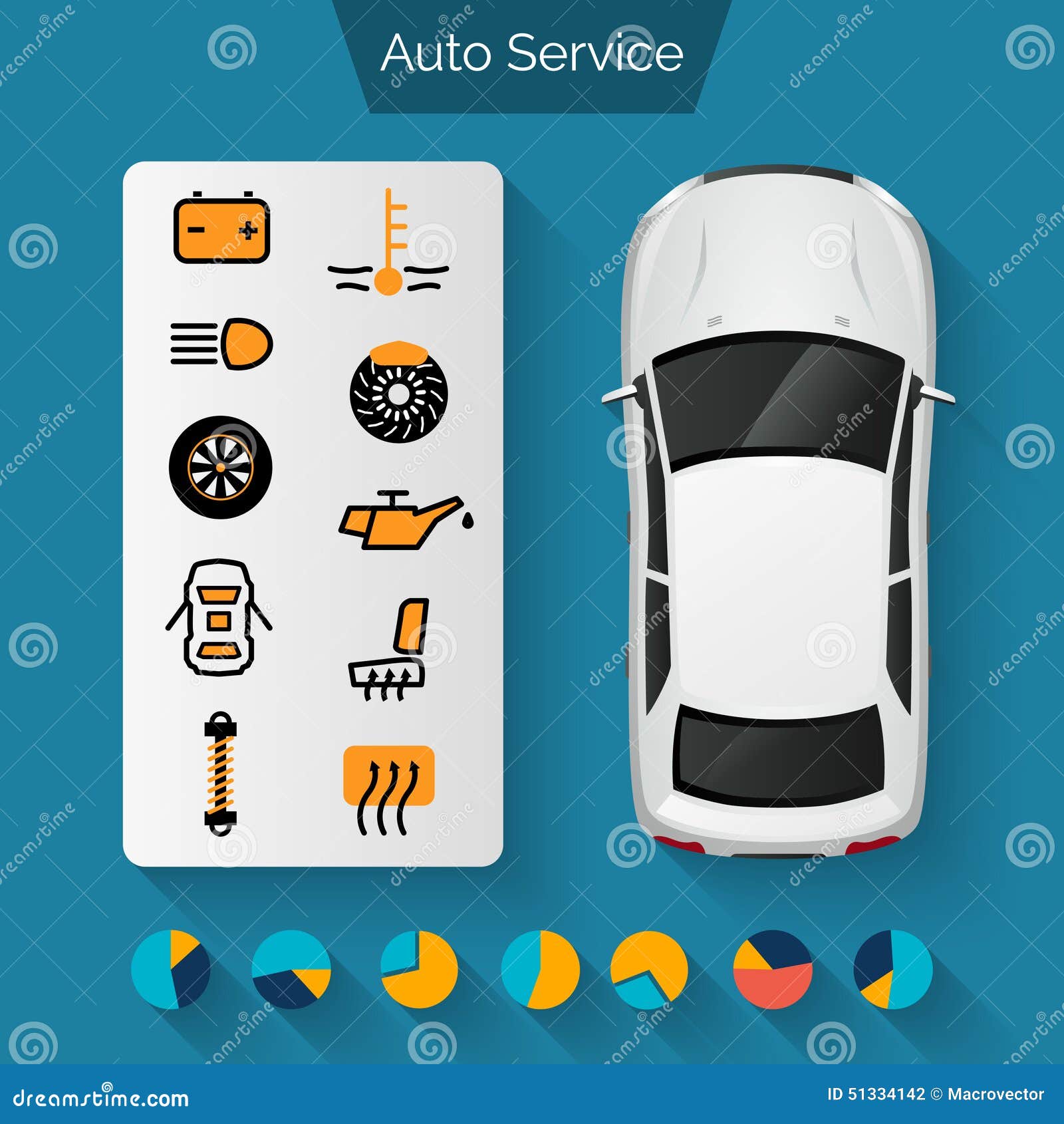Seeking Quality On The Caution Lights Showed On Your Auto'S Control Panel? Figure Out Exactly How They Associate With Your Car'S Health And Safety
Seeking Quality On The Caution Lights Showed On Your Auto'S Control Panel? Figure Out Exactly How They Associate With Your Car'S Health And Safety
Blog Article
Staff Author-Hartley Dalgaard
When you lag the wheel, those glowing caution lights on your control panel can be a bit perplexing. Do you recognize what they're attempting to inform you about your automobile's health and wellness? Understanding the relevance of these lights is essential for your safety and security and the longevity of your vehicle. So, the next time among those lights pops up, wouldn't you want to decipher its message properly and take the necessary actions to address it?
Common Caution Lighting and Interpretations
Determine typical caution lights in your cars and truck and recognize their significances to make certain safe driving.
visit the up coming site include the check engine light, which indicates problems with the engine or emissions system. If this light comes on, it's important to have your automobile examined without delay.
The oil stress cautioning light suggests reduced oil stress, needing instant attention to avoid engine damage.
https://elliotqkfys.atualblog.com/38284498/extremely-convenient-mobile-cars-and-truck-describing-solutions-not-just-save-you-money-and-time-however-likewise-improve-your-automobile-s-longevity-uncover-how-they-can-transform-your-routine flashing battery light could suggest a defective billing system, possibly leaving you stranded otherwise resolved.
The tire pressure tracking system (TPMS) light signals you to reduced tire pressure, influencing vehicle security and gas performance. Disregarding this can result in risky driving problems.
The abdominal light suggests an issue with the anti-lock stopping system, jeopardizing your capability to stop swiftly in emergency situations.
Last but not least, the coolant temperature level warning light warns of engine getting too hot, which can result in serious damages if not settled quickly.
Understanding these common warning lights will certainly help you address problems immediately and keep risk-free driving conditions.
Significance of Prompt Attention
Recognizing the common caution lights in your auto is just the initial step; the importance of promptly attending to these cautions can not be emphasized sufficient to guarantee your safety and security on the road.
When a warning light illuminates on your control panel, it's your cars and truck's means of connecting a possible concern that requires interest. Overlooking these warnings can result in more extreme issues in the future, endangering your safety and potentially costing you a lot more out of commission.
Motivate focus to alerting lights can stop failures and mishaps. For instance, a flashing check engine light could show a misfire that, if left ignored, might create damages to the catalytic converter. Resolving this immediately can conserve you from an expensive repair.
Similarly, a brake system alerting light may indicate reduced brake fluid or worn brake pads, vital components for your safety when driving.
DIY Troubleshooting Tips
If you discover a caution light on your dashboard, there are a couple of do it yourself fixing tips you can attempt before looking for specialist aid.
The first step is to consult your vehicle's manual to understand what the particular warning light shows. Occasionally the concern can be as simple as a loose gas cap triggering the check engine light. Tightening the gas cap might fix the issue.
One more common concern is a low battery, which can activate various cautioning lights. Examining the battery links for corrosion and guaranteeing they're safe and secure could take care of the problem.
If a caution light persists, you can try resetting it by separating the car's battery for a few mins and after that reconnecting it. Additionally, inspecting your automobile's fluid levels, such as oil, coolant, and brake liquid, can help fix alerting lights associated with these systems.
Verdict
Finally, understanding your car's caution lights is essential for keeping your vehicle running efficiently and safely. By quickly addressing these signals and knowing what they indicate, you can prevent costly repair work and potential failures.
Bear in mind to consult your cars and truck's handbook for certain information on each alerting light and act accordingly to ensure a trouble-free driving experience.
Stay educated, stay secure on the road!
